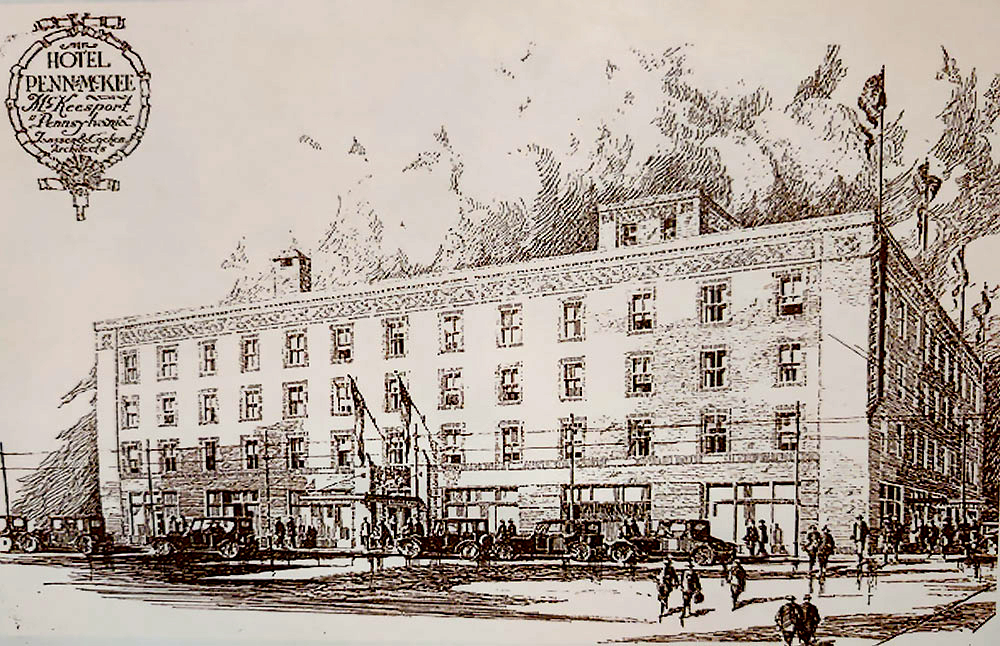So a cool thing has happened: The Next Big Idea Club has selected Death of the Daily News as a big idea worth sharing. Check it out here.
Even if you don’t know the Club you’ll probably recognize some of its thought leaders, such as Malcolm Gladwell and Daniel Pink. These are authors I have admired for their big ideas, and it’s nice to know they think mine are worth sharing too.
The link takes you to the five big takeaways from my book. I’ve been feeling lately like an evangelist for local journalism, and it’s nice to see people starting to take notice.
The disruption that has come to our industry has caused unbelievable pain – BUT it’s also now creating unimaginable opportunities. It’s time for all of us to lean into this present future to make the most of this moment.







